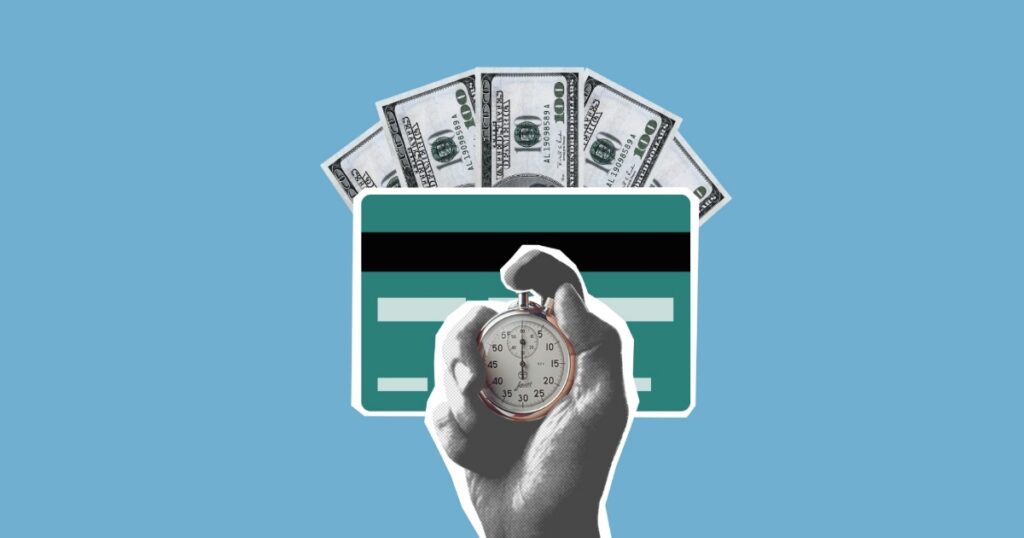Term deposit vs savings account: what’s the difference?

Term deposits offer certainty and savings accounts offer
flexibility. Here are some other common features and benefits of each.
Putting your money into a savings account, or in the alternative, a
term deposit, are two common methods of saving. Working out whether either of
these options are right for you depends on your personal and financial
circumstances, as well as your savings goals.
To look at this simply, a separate savings account where your money
is readily accessible might be useful for a short-term goal. A term deposit,
where your money may be tied up for a longer period of time in return for
generally higher interest, could be a more suitable option for a longer term
goal.
Term deposits
Term deposits work by locking your money away for a certain
timeframe (or ‘term’) in exchange for a fixed interest rate return at the end
of that term. A general rule of thumb is the longer the term, the higher the
interest rate. Terms vary, but usually range from as short as one month to as
long as five years.
They’re worth considering if you’re looking to get an exact amount
by a certain date and don’t need to access the money before the agreed term
ends.
Pros
·
There is more certainty involved
with the return on term deposits than most savings accounts as the interest
rate is guaranteed.
·
Usually, these accounts come
with no setup fee. They often offer a higher rate of return to compensate for
your money being out of reach for the entire duration of your term.
·
They’re a set and forget way of
saving, so you don’t need to worry about fluctuations in the Reserve Bank of
Australia’s (RBA) cash rate.
·
If interest rates fall during
that time, you’re likely to do relatively well with a locked in rate.
Cons
·
If the cash rate rises, you
won’t be able to obtain the benefit of that increase for your term deposit.
·
Your money is locked away for
the full term.
·
You’ll have to give notice to
access it early, usually around 31 days.
·
You’ll have to pay a penalty
fee or earn less interest if you take your money out before the end of the
term.
·
A minimum initial deposit is
required, which can vary widely.
·
There’s no option to top up
funds once you’ve opened a term deposit.
Interest rates on term deposits
With a term deposit, the length of the term has a corresponding
interest rate. You can choose the term, or the length of time you want the
account for and the amount you want to deposit based on your needs.
When should I open a term deposit?
Term deposits can be useful when you’re looking for certainty about
the rate of interest your money will earn. So, if your goal is to buy a car but
you want to wait until the end of the next financial year to grab a bargain,
you might plan for a term deposit that matures around then.
Savings accounts
Savings accounts are more flexible than term deposits. A savings
account can be useful when you want to put your money away and have it earn
some interest with the peace of mind that you can also access your funds as and
when you need to.
Pros
·
You can deposit or withdraw
money at any time.
·
You may be able to link to an
everyday transaction account.
·
Interest rates may rise, giving
you a greater return on your initial deposit.
Cons
·
Interest rates may fall, giving
you less than you expected at the outset.
·
If you withdraw funds you may
lose interest for that month, or whatever length of time applies to your
account.
·
You may be required to make
minimum monthly deposits to earn bonus interest rates.
·
You may need to maintain a certain
balance to avoid any potential fees or loss of interest rate benefits.
·
Some savings accounts may limit
access to money to encourage you to save, through no debit card or ATM access.
Interest rates on savings accounts
Standard savings accounts usually offer low fees and immediate
access to your money but you may get a lower interest rate compared to a term
deposit.
Interest rates are quoted per annum, applied as a percentage to the
money you have in your savings account on a daily basis and credited monthly.
As the name suggests, high interest savings accounts typically have
higher interest rates but there may be penalties for withdrawing your money
before a set period of time has passed, or if you don’t meet the required
number of debit card purchases or ongoing minimum deposit requirements.
What to consider before opening a savings account?
There are a number of things to consider:
·
fees charged
·
interest rates
·
how accessible your money is
·
whether you can set up an
automatic direct debit
·
whether there’s a minimum
amount you need to deposit each month.
There’s a variety of savings accounts in the market so use this
checklist to help find the right savings account for your situation.
How fees compare
Term deposits usually come with no setup fee. However, if you need
to withdraw your money before the maturity date, you’ll likely have to give
notice in advance of your withdrawal and pay a fee or earn less interest.
Some savings accounts attract setup fees and may also include
anything from monthly account keeping fees to withdrawal fees. So, when it
comes to comparing accounts, make sure you’re across any potential fees or
charges your provider may apply to your account.
Source: AMP